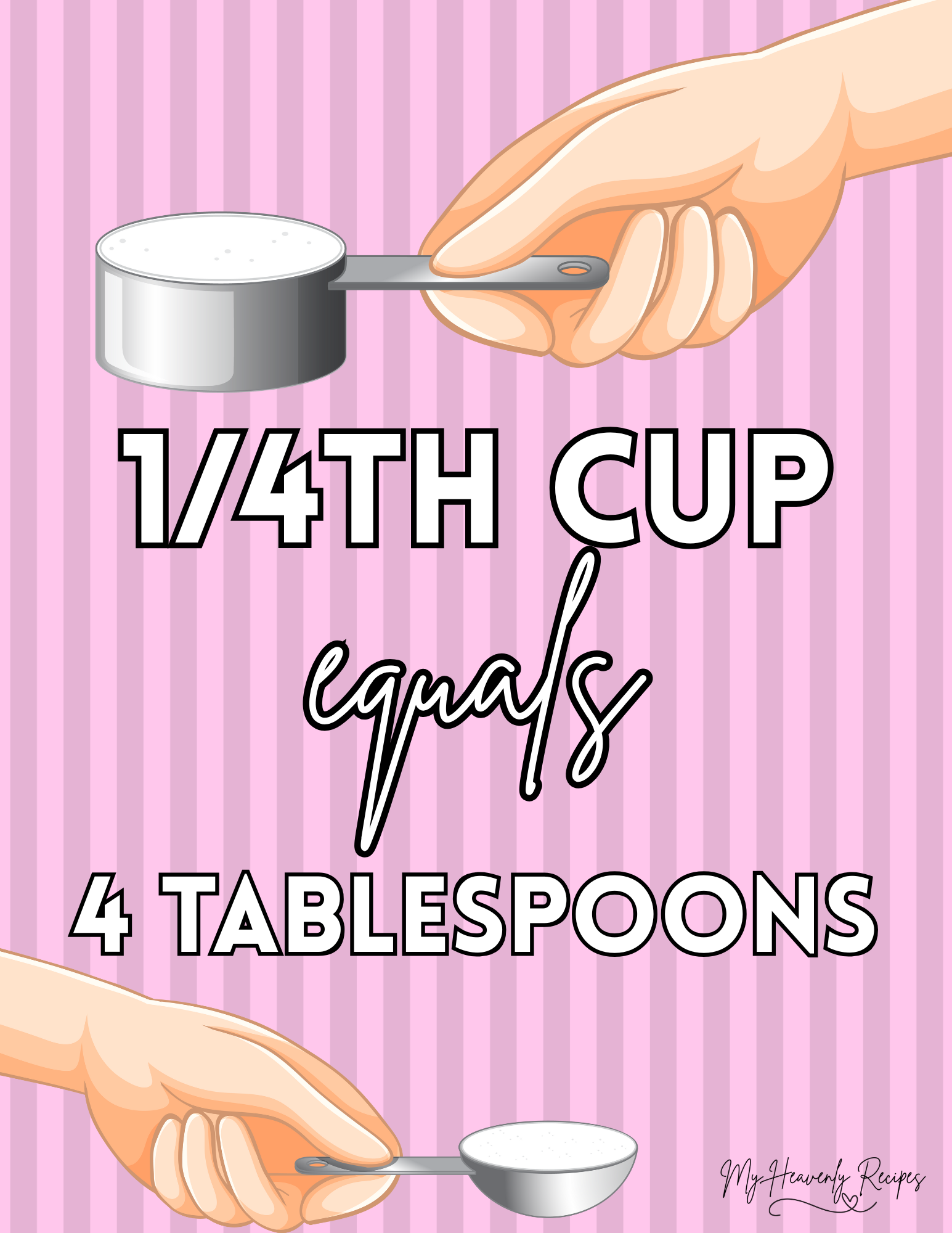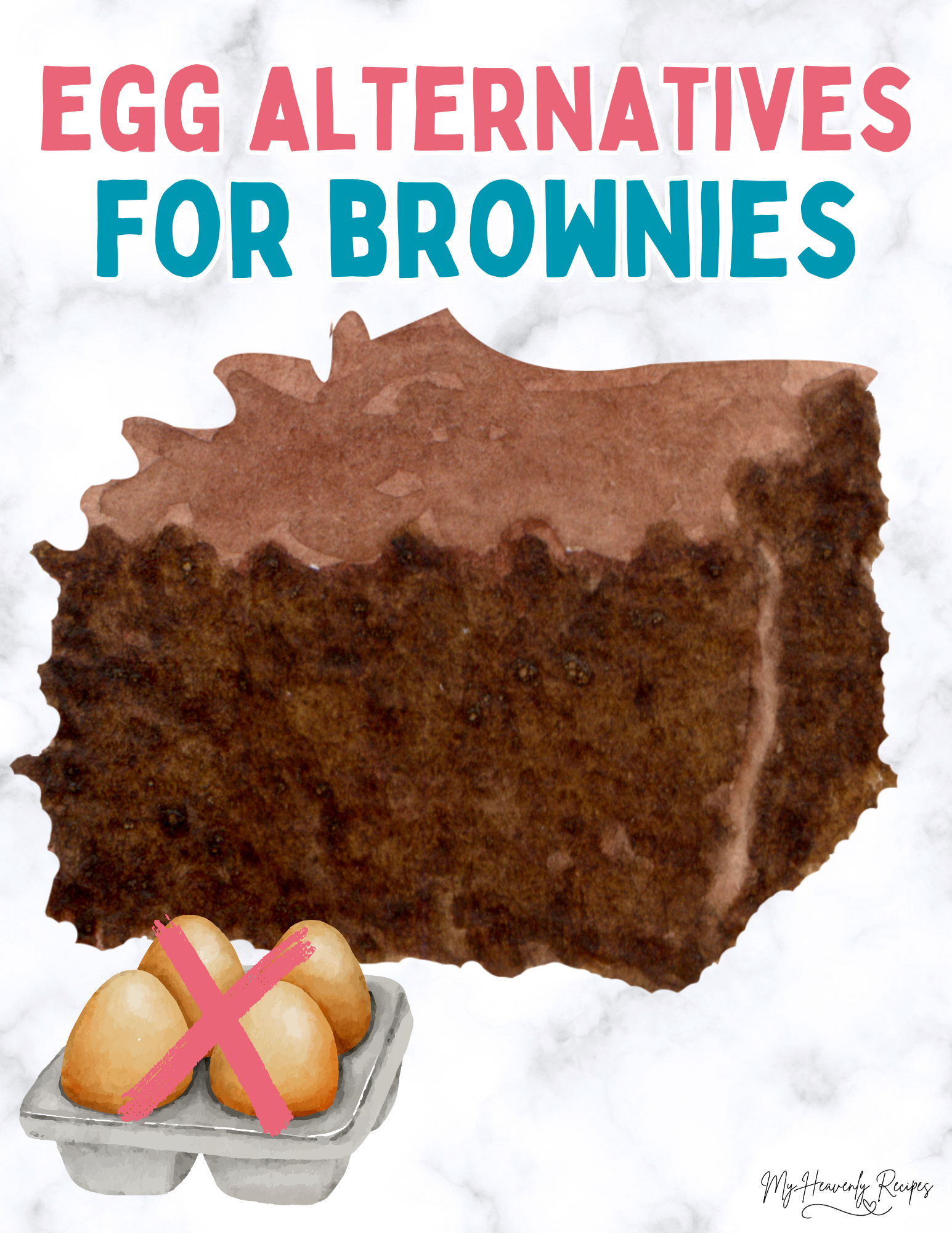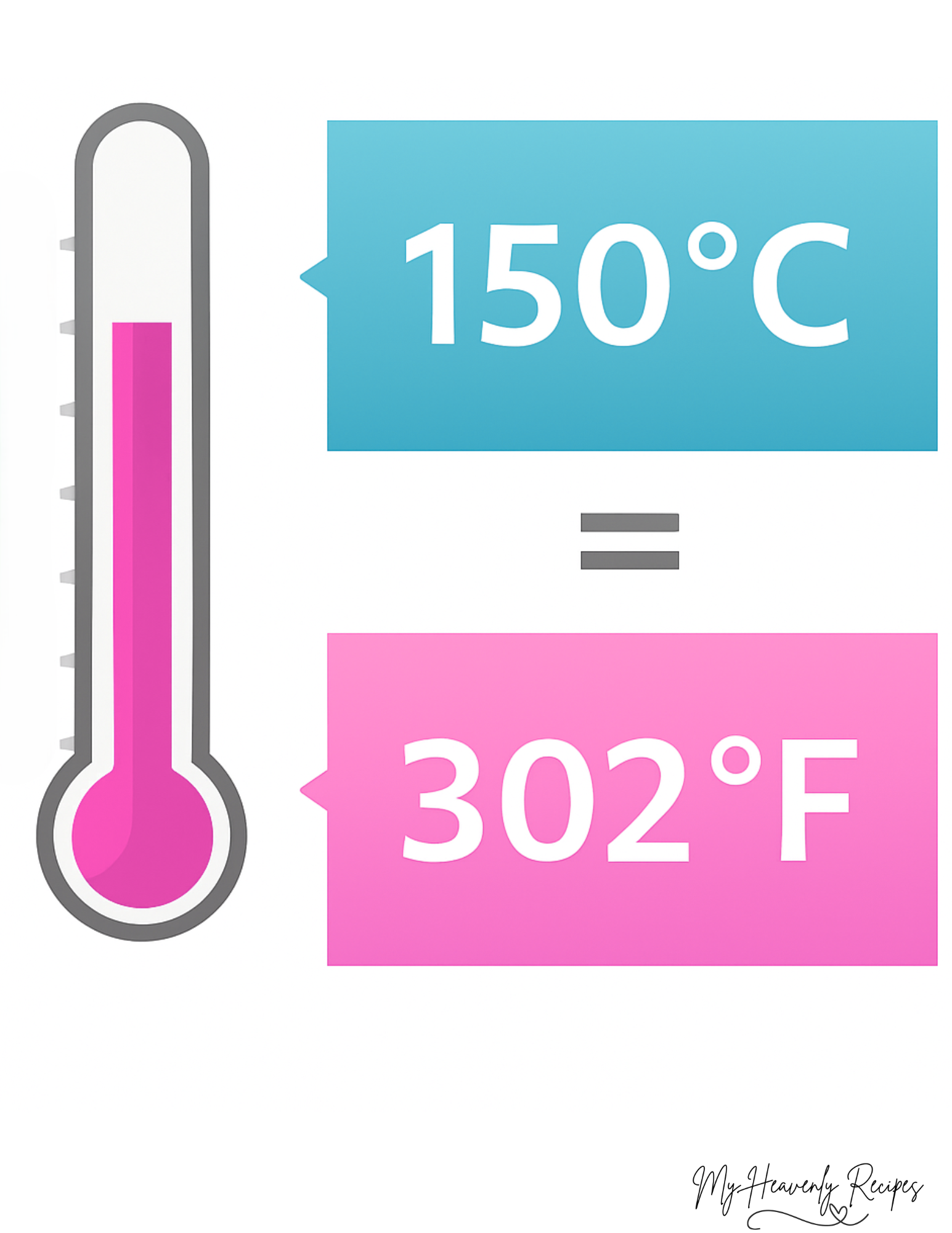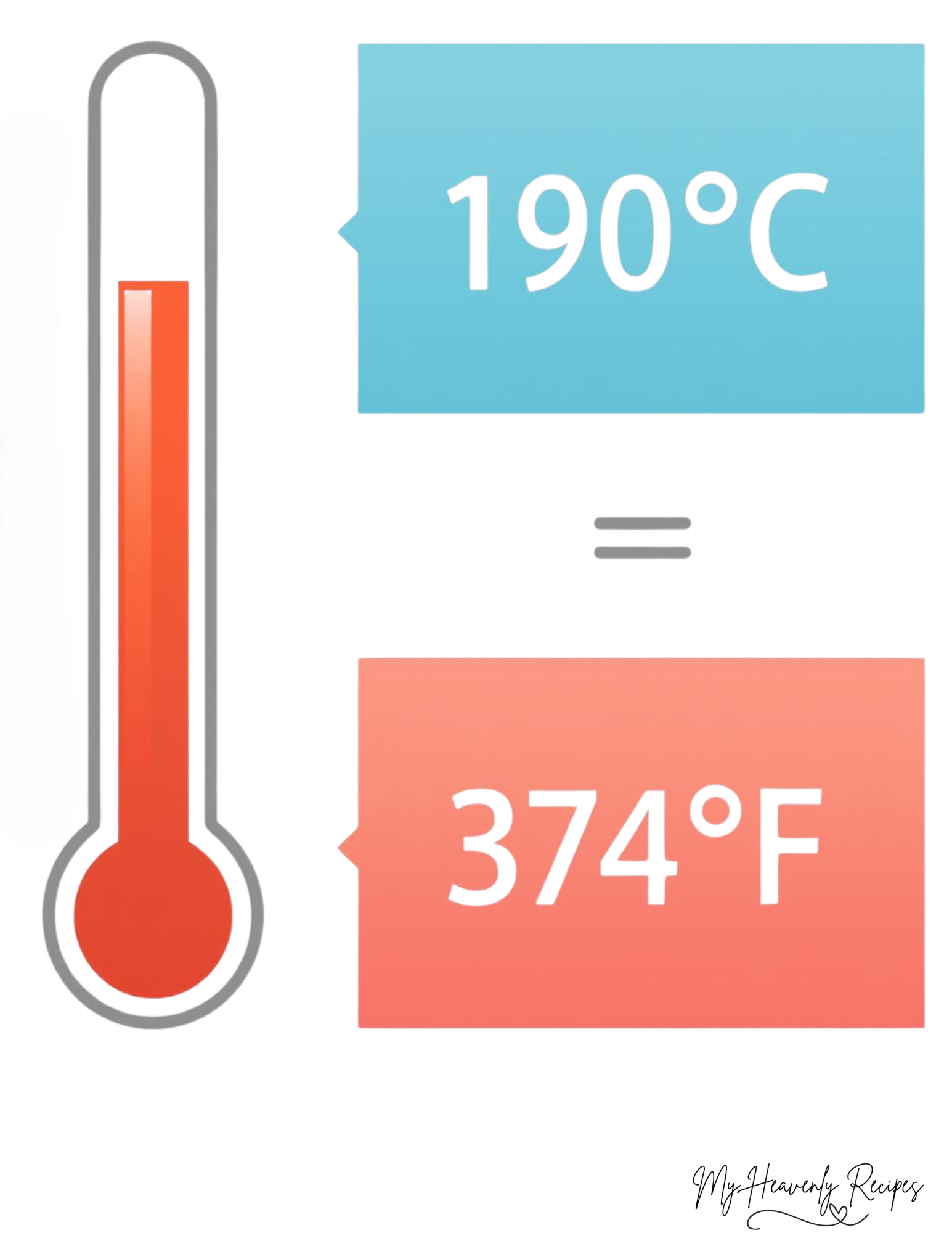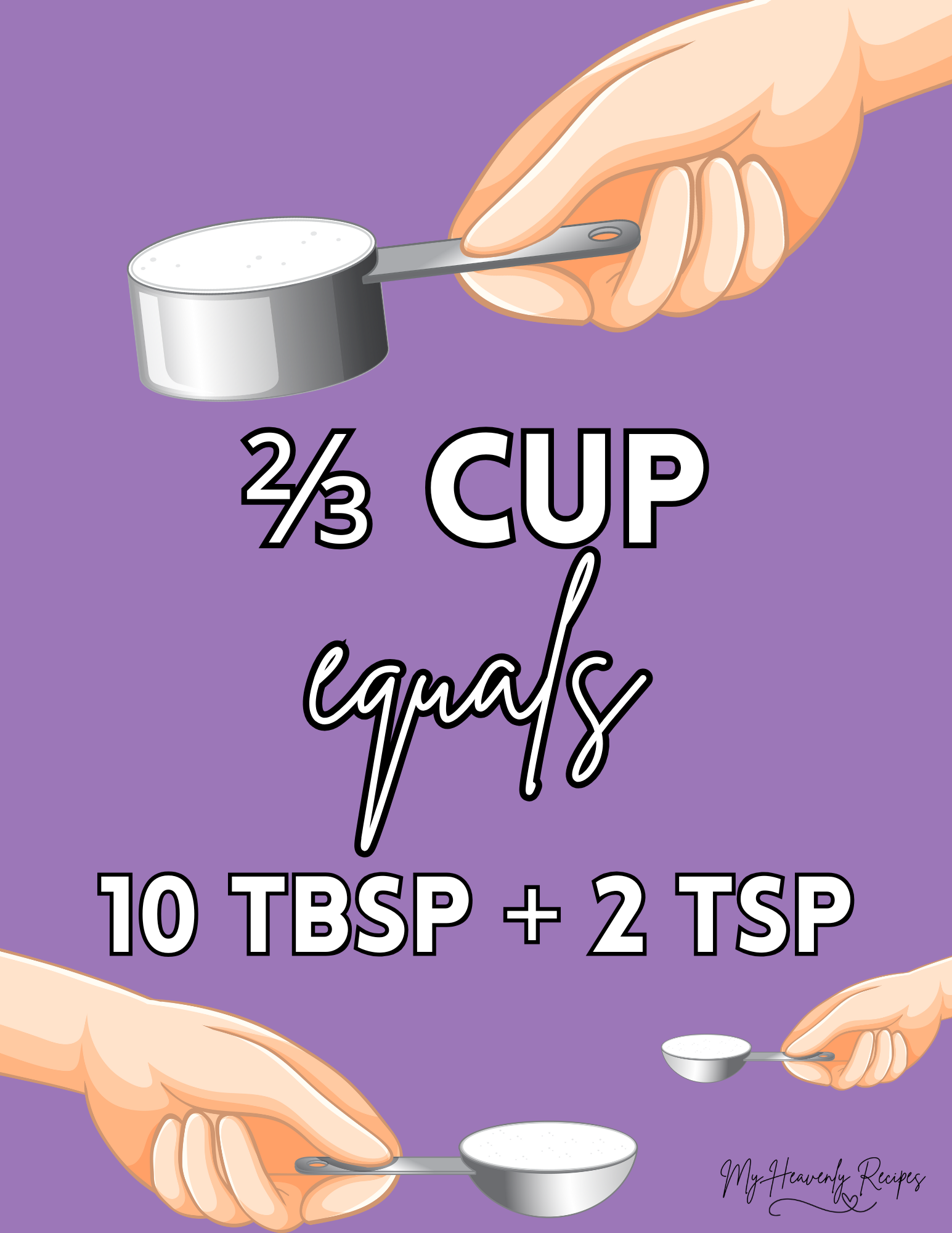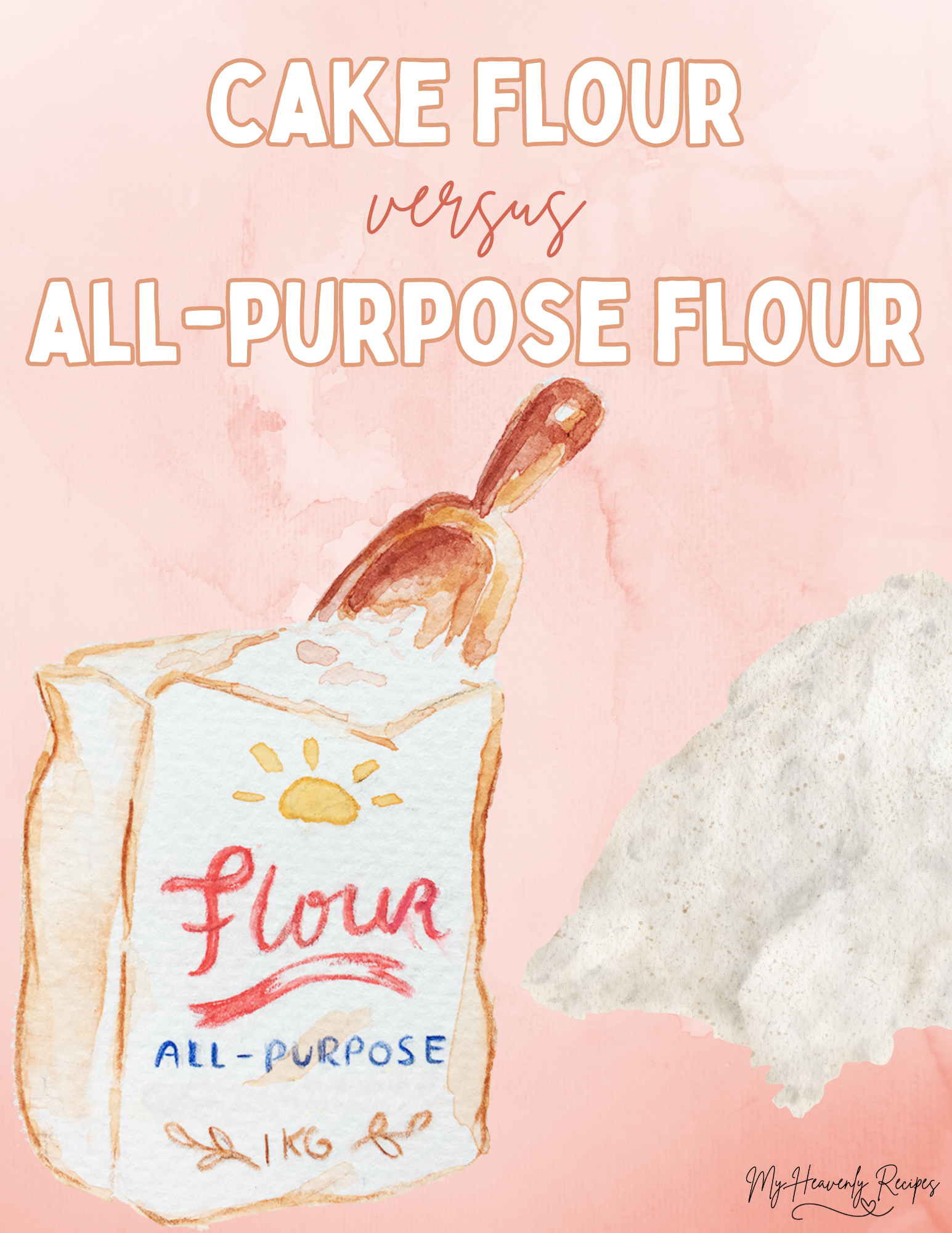How Many Ounces in a Pound?
How Many Oz’s are in a Lb?
Let’s be honest—some days you’re halfway through a recipe, and it suddenly hits you: Wait, how many ounces are in a pound again? Whether you’re meal prepping chicken breasts, slicing up a pound of ground beef, or dividing a pork shoulder for the slow cooker, knowing the ounce-to-pound conversion is super handy. So let’s clear it up once and for all.
The Quick Answer
There are:
16 ounces in 1 pound (oz to lb)
And that’s true whether you’re measuring chicken thighs, ground beef, salmon filets, or even butter.
But of course, when it comes to meat, it’s not just about math—it’s also about portion sizes, cooking yield, and how much you’ll actually end up with after cooking. So let’s break it all down.
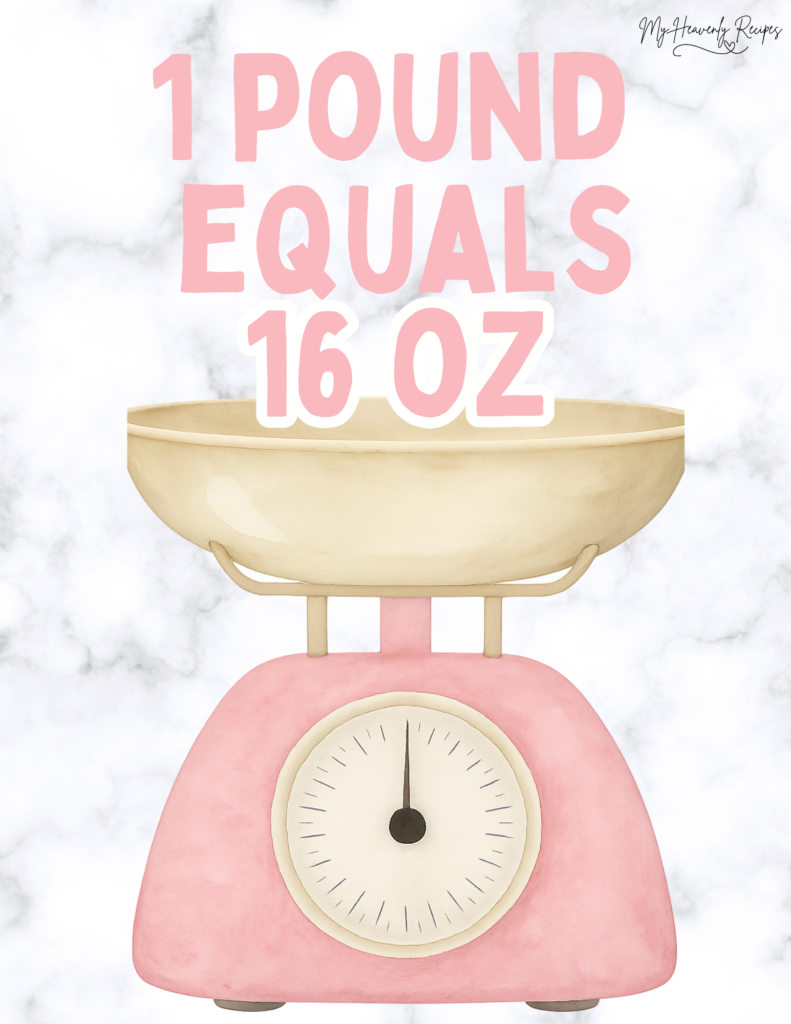
Basic Conversion Chart
| Pounds (lb) | Ounces (oz) |
|---|---|
| 1 lb | 16 oz |
| 0.5 lb | 8 oz |
| 0.25 lb | 4 oz |
| 2 lb | 32 oz |
| 3 lb | 48 oz |
| 5 lb | 80 oz |
If you ever forget, just remember: 1 lb = 16 oz. That’s your go-to base.
Why This Matters in the Kitchen
Sometimes a recipe will call for ounces, but your meat came in pounds. Other times you’re trying to divide a big bulk pack into dinner portions, and you don’t want to over- or under-serve your family or guests.
For example:
- If you’re buying 1.5 lbs of chicken breast, that’s 24 oz total.
- If each person needs a 6 oz portion, you can serve 4 people.
This kind of quick math is a lifesaver when you’re cooking without needing to constantly look up measurements.
Ounces per Pound in Common Meats
Different cuts of meat can behave a little differently when it comes to cooked weight, so keep that in mind. Here’s a breakdown:
Chicken
| Type of Chicken | Raw (per lb) | Cooked Yield | Ounces After Cooking |
|---|---|---|---|
| Boneless Chicken Breast | 1 lb = 16 oz | ~75% yield | ~12 oz |
| Bone-In Thighs | 1 lb = 16 oz | ~65% yield | ~10.5 oz |
| Whole Chicken | 1 lb = 16 oz | ~60% yield | ~9.5 oz |
Tip: Bones and skin affect the yield—so even though you’re starting with 16 oz, you won’t eat all 16.
Beef
| Type of Beef | Raw (per lb) | Cooked Yield | Ounces After Cooking |
|---|---|---|---|
| Ground Beef (80/20) | 1 lb = 16 oz | ~75% yield | ~12 oz |
| Steak (e.g. sirloin) | 1 lb = 16 oz | ~70% yield | ~11 oz |
| Brisket or Chuck | 1 lb = 16 oz | ~60% yield | ~9.5 oz |
Note: Fat cooks off during cooking—especially with higher-fat meats like ground beef or brisket—so you’ll end up with less finished product.
Pork
| Type of Pork | Raw (per lb) | Cooked Yield | Ounces After Cooking |
|---|---|---|---|
| Pork Chops (boneless) | 1 lb = 16 oz | ~75% yield | ~12 oz |
| Pork Shoulder (pulled) | 1 lb = 16 oz | ~60% yield | ~9.5 oz |
| Bacon | 1 lb = 16 oz | ~30–40% yield | ~5–6 oz |
Heads up: Bacon loses a lot of weight because most of it is fat that renders out. That’s why a pound of bacon doesn’t go as far as you think.
Seafood
| Type of Fish | Raw (per lb) | Cooked Yield | Ounces After Cooking |
|---|---|---|---|
| Salmon (fillet) | 1 lb = 16 oz | ~75% yield | ~12 oz |
| Shrimp (peeled) | 1 lb = 16 oz | ~70% yield | ~11 oz |
| White fish (e.g. cod) | 1 lb = 16 oz | ~75% yield | ~12 oz |
Tip: For seafood, the yield is a bit higher than red meats with bones or fat—but still not 100%.
Frequently Asked Questions
Q: Is 16 oz always 1 pound no matter what I’m measuring?
A: Yes, as long as we’re talking about weight, not fluid ounces. For solids like meat, cheese, or flour—16 oz equals 1 lb.
Q: What’s the difference between weight ounces and fluid ounces?
A: Weight ounces measure mass (like meat or flour). Fluid ounces measure volume (like milk or broth). They aren’t interchangeable unless the substance has the same density as water.
Q: Why do I lose so much weight when I cook meat?
A: It’s totally normal. Meat loses water and fat when cooked. Some cuts lose more than others, especially fattier or bone-in options.
Q: How do I measure ounces without a scale?
A: Eyeballing can work with practice. A deck-of-cards-sized piece of meat is roughly 3–4 oz. A closed fist is around 6–8 oz. But for accuracy, a small kitchen scale is your best friend.
Q: What about pre-packaged meats? Are those net or gross weights?
A: Most store packaging shows net weight—that’s the total raw weight of the meat before cooking, packaging, and trimming.
Q: Can I freeze meat in ounce portions?
A: Absolutely. You can portion meat into 4 oz or 6 oz servings, wrap tightly, label them, and freeze. That way, when a recipe calls for 12 oz of chicken, you just pull out three 4 oz packs.

